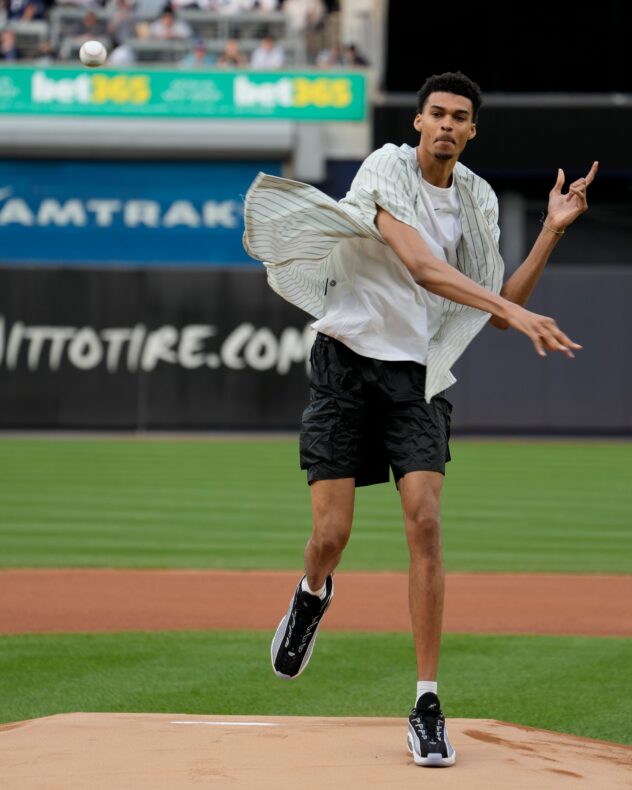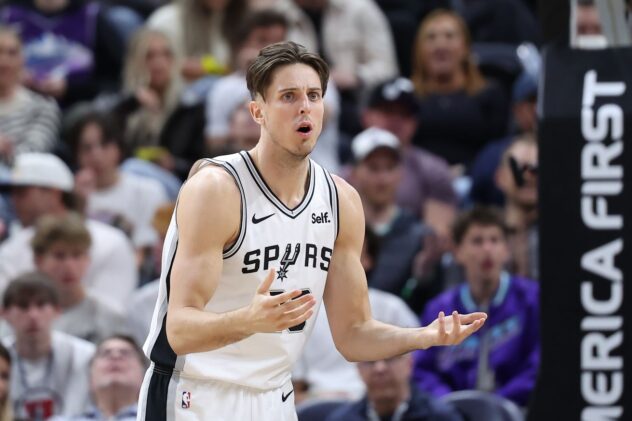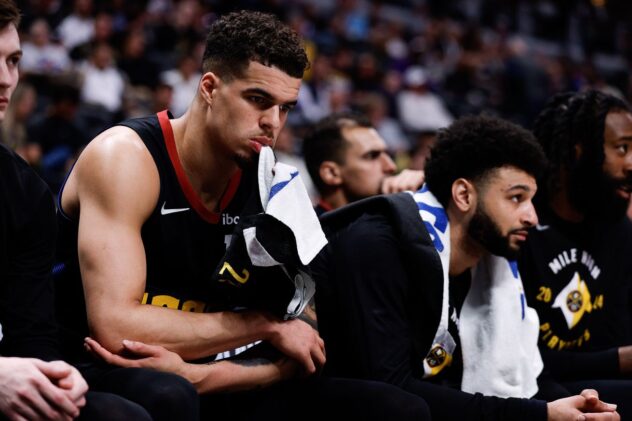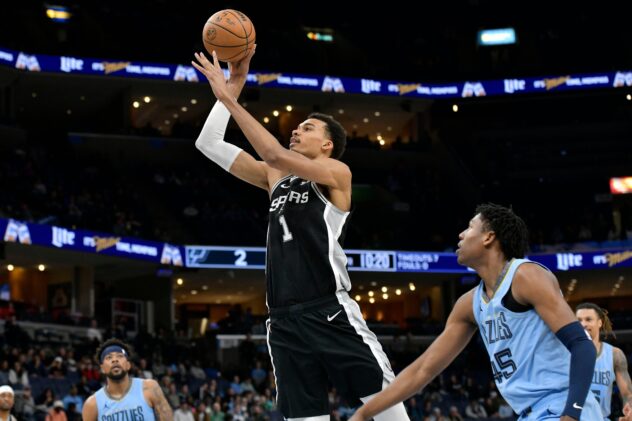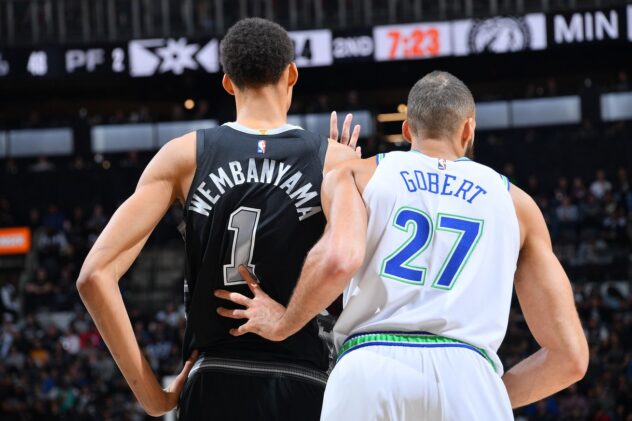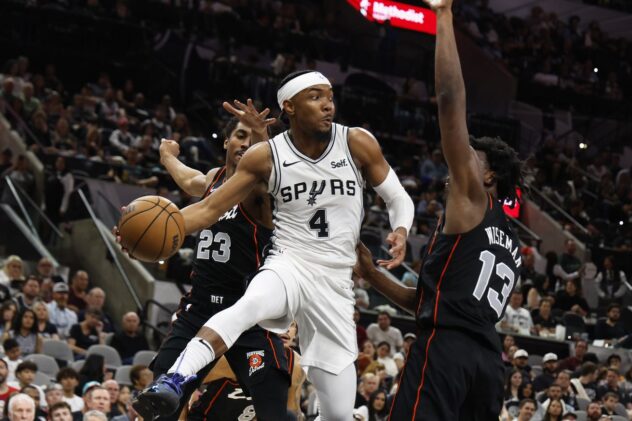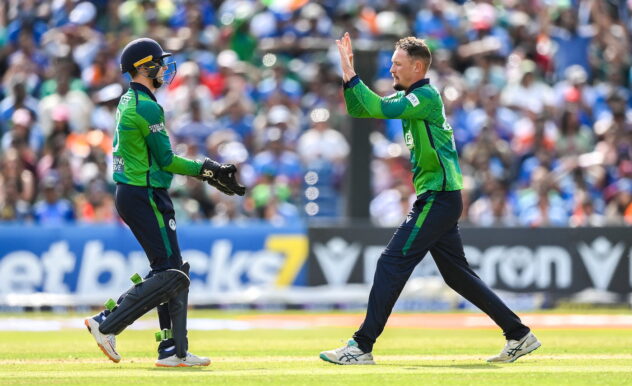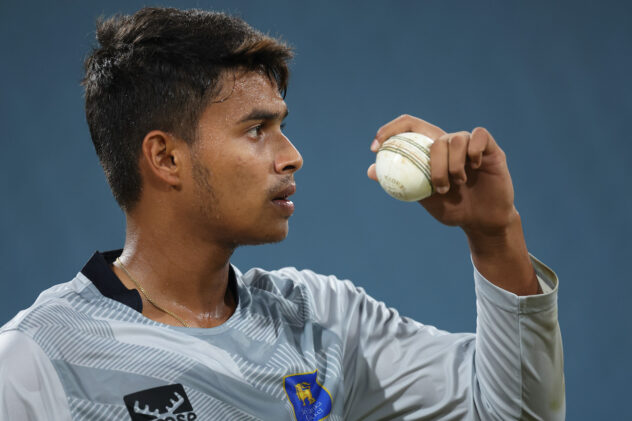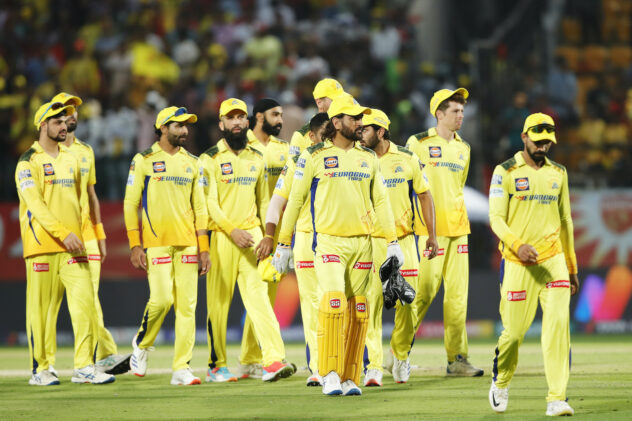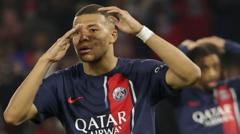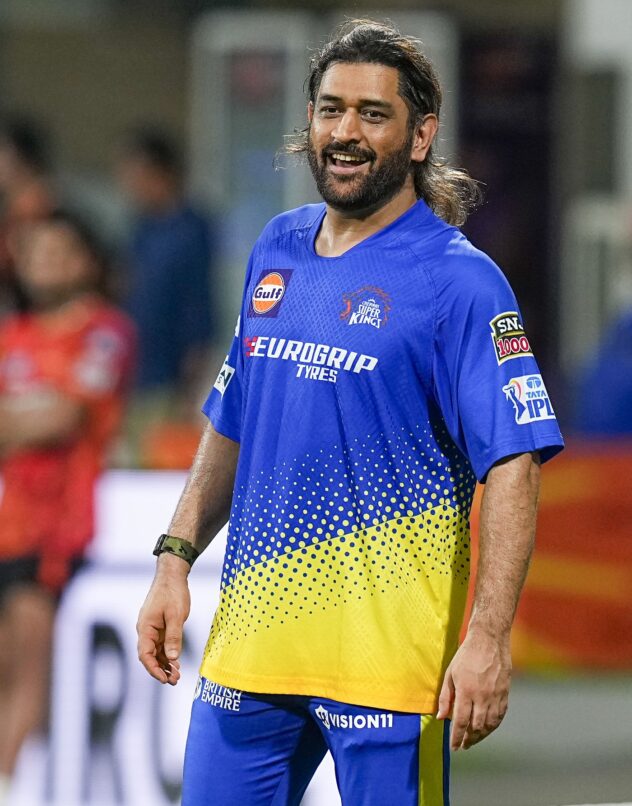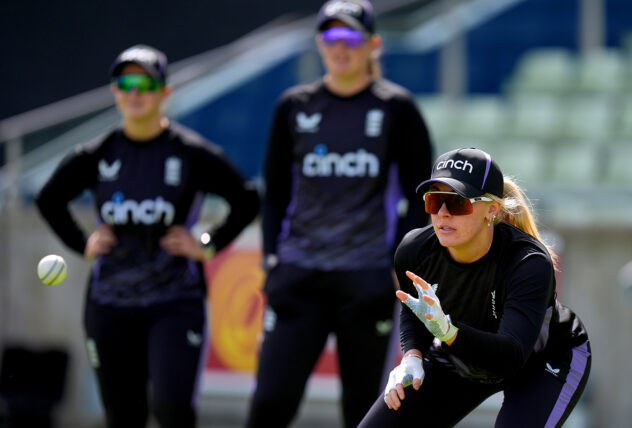Spurs’ win streak highlights their tricky roadmap for success

For the first time this season, the Spurs are streaking — in a good way. After losing six straight, they’re now on a two-game heater — and against solid competition no less, thanks to wins over Boston and Washington at home. As they hit the road against stiffer Western Conference competition, which includes stops in Golden State and Phoenix, now is a good time to look back on what have been a pair of telling wins that show this team’s strengths and what needs to break right for this team to typically emerge victorious.
Defense has mattered more than making threes, so far
San Antonio’s strengths lie on the defensive end which, if for anyone who’s been paying attention, isn’t news. It’s where the roster’s individual talents skew and their best source of offense, turning long rebounds, blocks and steals into the league’s 6th most fast-break points. In the wins over Boston and Washington, the Spurs posted a 100 defensive rating, nearly 8 points below their season average.
Also in those two wins, they knocked down a combined 14 threes, shooting a just-below-average 33.3% from deep on a low volume of attempts. That’s on brand for a team that’s looked its worst when opponents force them onto the perimeter and take away looks near or inside the restricted area, which is where the Spurs butter their bread. For other teams that rely less on dribble penetration and have the personnel to manifest good looks from the outside-in rather than the other way around, a higher volume of three-point attempts may have a linear impact on success. That’s not quite the case for the Spurs, who have won just two games where they’ve hit double figure 3-pointers and are 3-4 when attempting less than 25 threes in a game.
Consider the victory over the Wizards, who came into San Antonio on Monday with a defensive identity, albeit one that hung its hat on limiting opponents’ looks from deep and that allows the 8th-highest FG% within 5 feet. That’s a profile that benefits the Spurs, and teams that lack a combination of rim deterrents, wing defenders that contain penetration, and quality weakside defenders are going to continue to be the more favorable matchups.
There are going to be nights when the Spurs get hot, with teams either willingly or unwillingly giving up clean looks from outside, but letting it fly is a neutral barometer at best for what leads to success. A subpar defensive effort will sink them much faster.
The Spurs need to make the math work better in their favor
Threes are overrated, until they’re not. In pressers this year, Pop has continued to resign himself to how much the outside shot can swing any one game. Despite that admission, San Antonio walks a fine line when it comes to playing in this juiced up era of offensive efficiency and still concedes a nightly advantage. Somewhat incredibly, the team simultaneously ranks 6th in field-goal percentage and 23rd in true shooting, the latter thanks to some of the numbers below.
Here’s a snapshot of the gulf between San Antonio and its opponents’ shot profiles through 19 games:
- Spurs: 28.2 3PAs, 34.2 3PT%, 16.5 FTAs, 68.7 FT%
- Spurs opponents: 35.8 3PAs, 35.0 3PT%, 17.5 FTAs, 75.6 FT%
Lacking elite perimeter talent and still chasing that single player to dependably carry them for stretches, the system skews towards frenetic pace in the open floor, when possible, and steady rim pressure. Those are both high-efficiency plays, but they have a lot of work to make up for an offense that ranks, easily, last in the NBA in both the percentage of their points that comes from three (30.5%) and points from free throws (10.6%).
The Spurs have shot the ball better from the field than their opponents this season, 46.6% to 46.3%, but it means little in the aggregate unless the opposing team goes particularly cold. To wit: All 6 of San Antonio’s wins, including the last two, have come with opponents shooting 31% or less from deep. League average hovers around the 34 to 35% mark, so you can imagine how most of these outcomes will land, even if the Spurs defense does its best to contest those looks.
The paint is key
One way the Spurs try to tilt the math in their favor is through rim pressure. They lead the league in percentage of points coming from the paint at just over 50% and, in their two recent wins, have averaged 62 points in the paint. Breaking defenses down to either create good, high-percentage looks at the basket or open catch-and-shoot opportunities from three is at the heart of what the Spurs are trying to do in the half-court.
Jakob Poeltl plays a big part in that as their best screener and most dependable rim roller, and Pop has noted the value in his return after missing a number of games due to Covid. Poeltl is 5th in the league in possessions finished as a roll man (just behind the Nets’ LaMarcus Aldridge, funnily enough), thanks to an increased comfort level in the system, improvements by guys like Dejounte Murray and Lonnie Walker in the pick-and-roll, and a deeper bag of tricks from 10 feet in. He’s made 13 of 20 shots that have been classified as floating jumpshots.
Improvements on the margins can still be made, if circumstances allow
Pop knows basketball, despite what Twitter occasionally tells you, and he probably knows Thaddeus Young is better at it than Drew Eubanks. So when he gives a reply like the one below, and when you consider that Young would be a highly coveted piece for a championship contender that could net a future asset, and when you think it would be uncouth and unfair to Eubanks to speak to that possibility with full candor, it’s best not to take everything at face value.
Asked by @bouncepassos if he sees the backup center position as still being a little fluid between Eubanks and Young, Pop replied:
“Drew’s gotten a lot more minutes than Thaddeus has, so I think that’s probably the way we pretty much picture it.”
— Tom Orsborn (@tom_orsborn) November 29, 2021
Young was stellar again as the third big off the bench in the Spurs’ win over Washington, and it’s hard to imagine a better fit as a low-usage, somewhat mobile defensive anchor whose passing and savvy open things up for the Spurs’ phalanx of young wings. For now, the subtext of his usage would imply he’s destined to be moved at the trade deadline, and the team is hedging between utilizing (and showcasing) him and avoiding overuse and injury. If a shift is made at the deadline, or sooner, to keep him, that will benefit San Antonio’s chances in the short term.
A confident Derrick White also makes a difference.
White exploded for 18 points in the 3rd quarter versus Washington, a reminder of why the Spurs paid him handsomely last summer. His defensive contributions remain significant, but when White thinks 10% less, attacks 25% more, and puts pressure on defenses that focus more on his improved backcourt partner this season, he adds a new dynamic to an offense that tends to get too predictable in the half-court.
White has shown he can be this kind of player for stretches, usually broken up by injuries or cold spells. Hopefully nights like Monday help get his season on the right track.
There are other marginal shifts that could help the aforementioned math issue and raise this team’s ceiling. Walker and White should both see their 30ish% three-point shooting trend up, and the team as a whole can’t do worse than league-worst 68% from the charity stripe. Maybe Pop dares encourage some pull-up three-point attempts — an area in which the Spurs rank dead last, as well — which could help invert an offense that’s far too dependent on drive-and-kick play in the half-court. Devin Vassell is teasing a second-year leap that can also elevate the offense. Maybe Josh Primo earns a rotation role that offers a bit more upside than Bryn Forbes. The fun and agony of this transitional season live in its various possibilities and how many will become realized.

